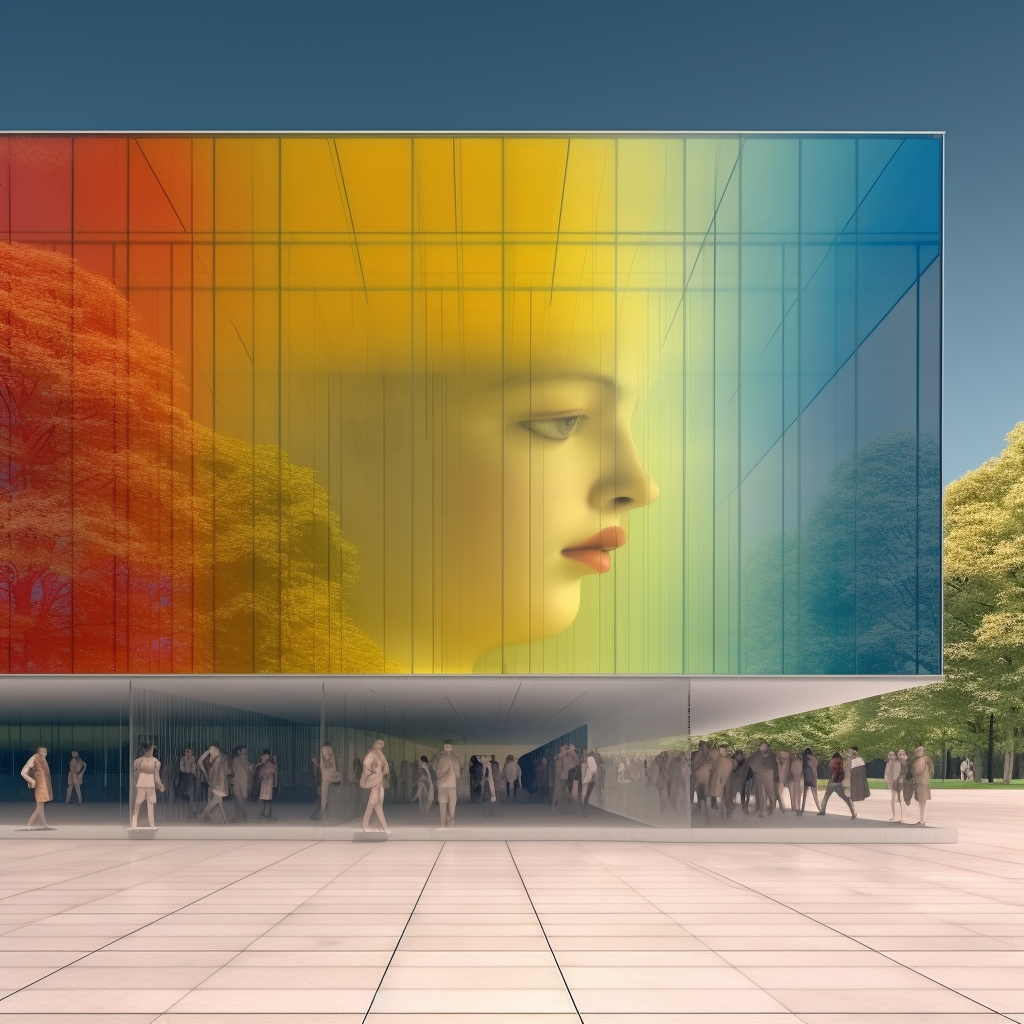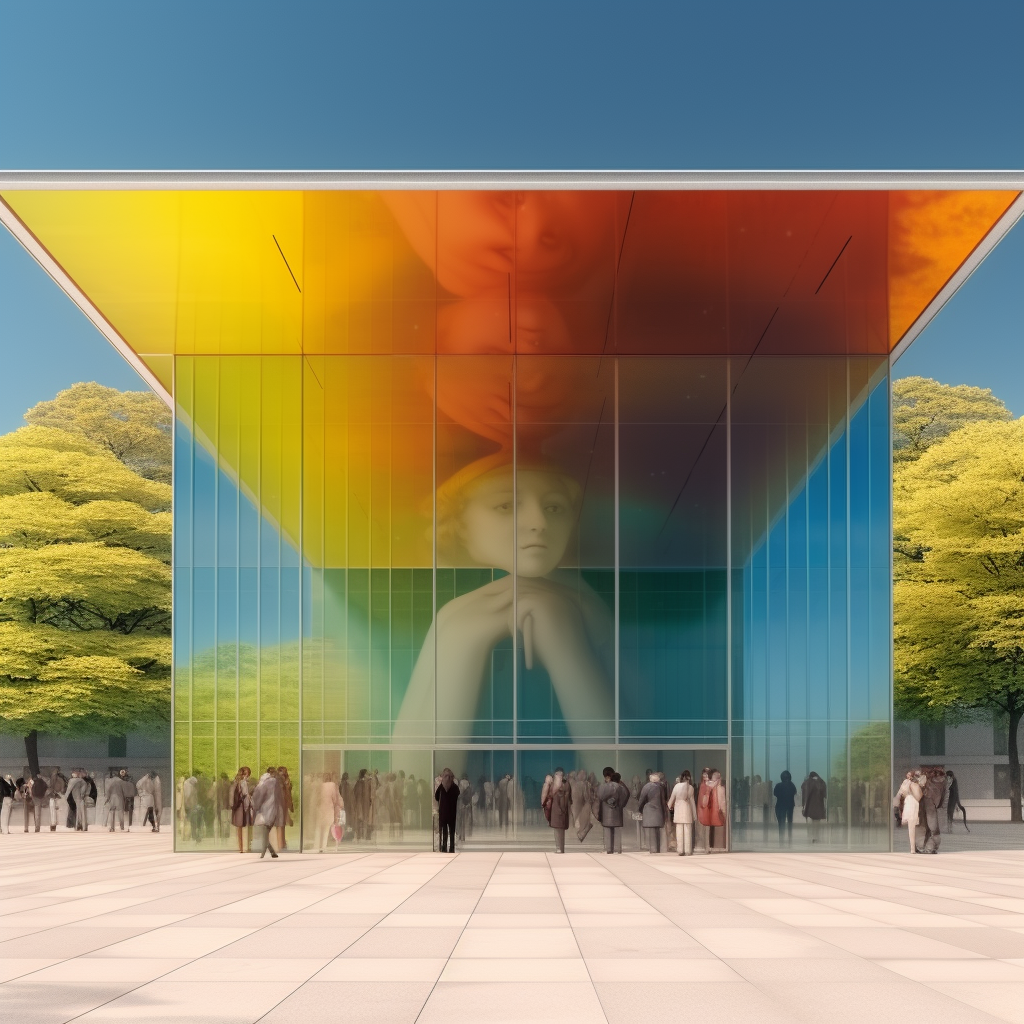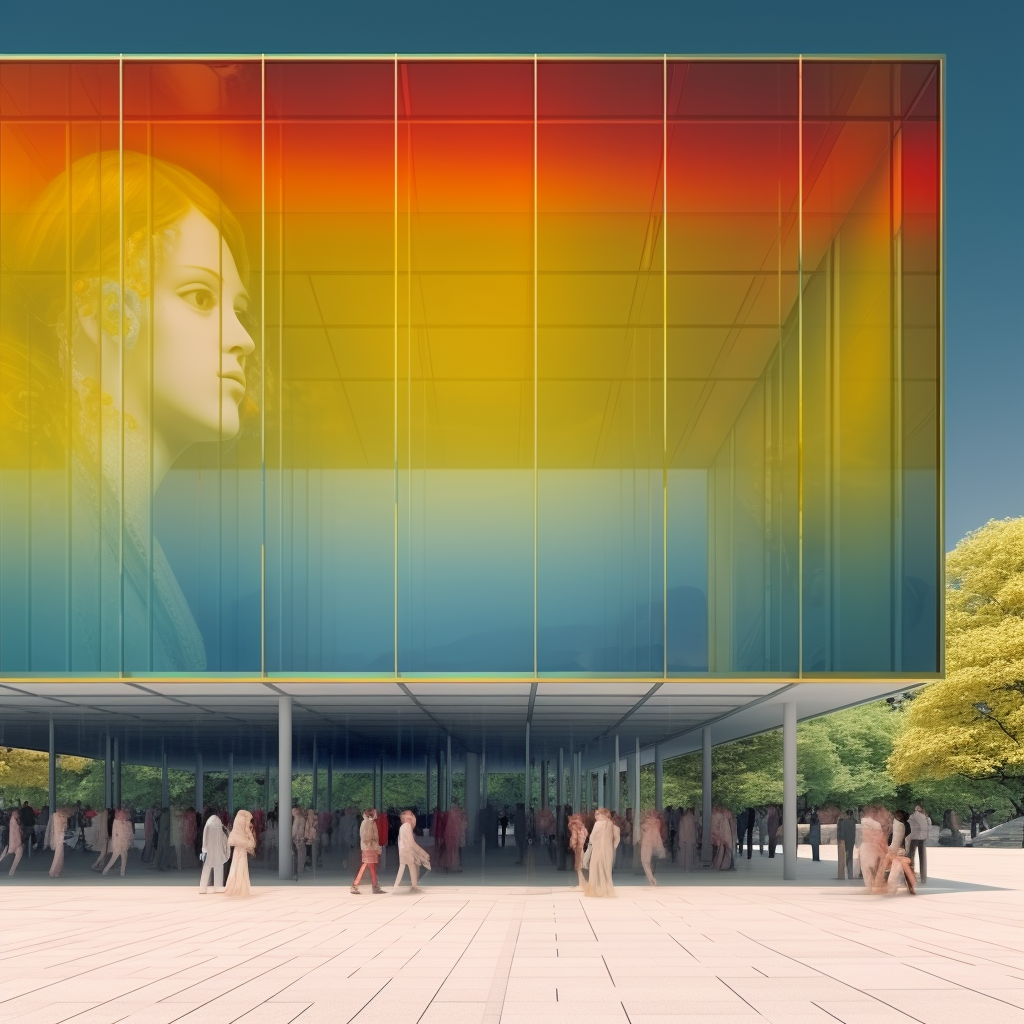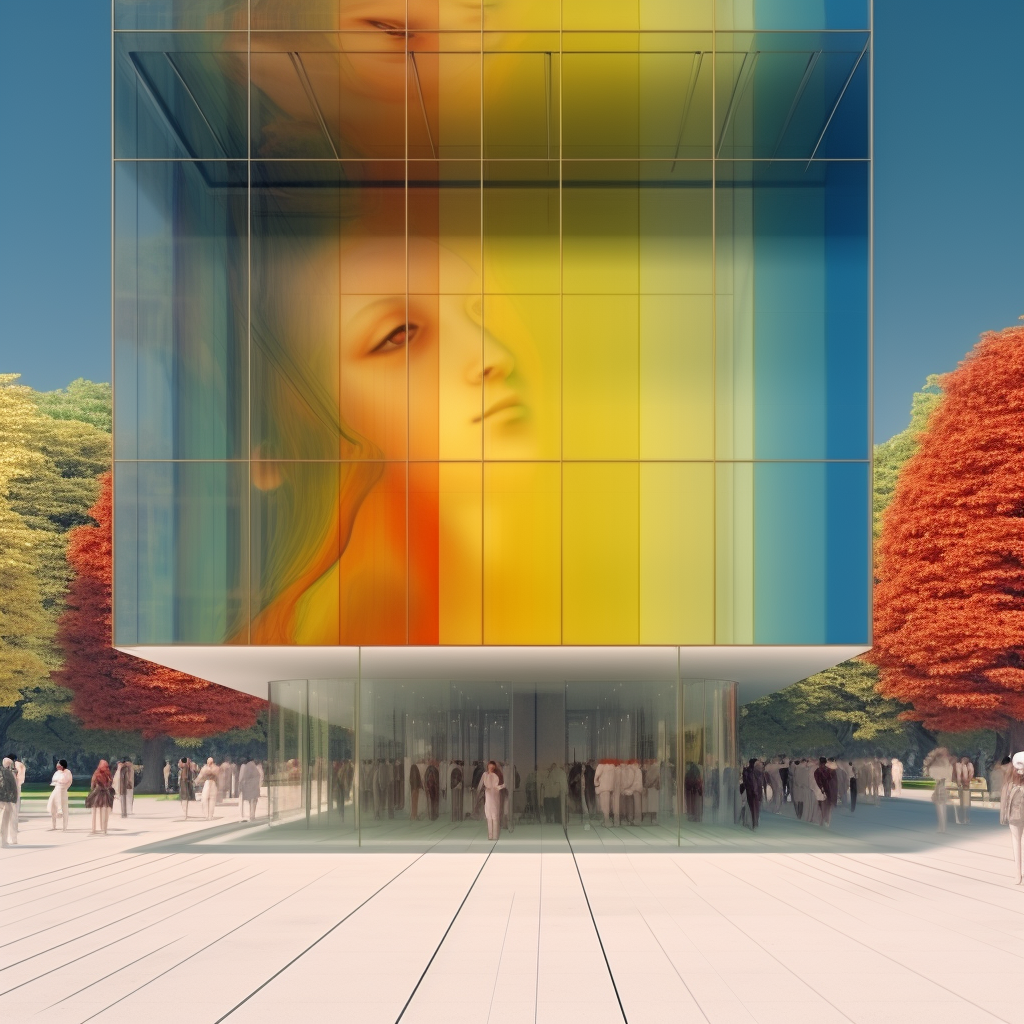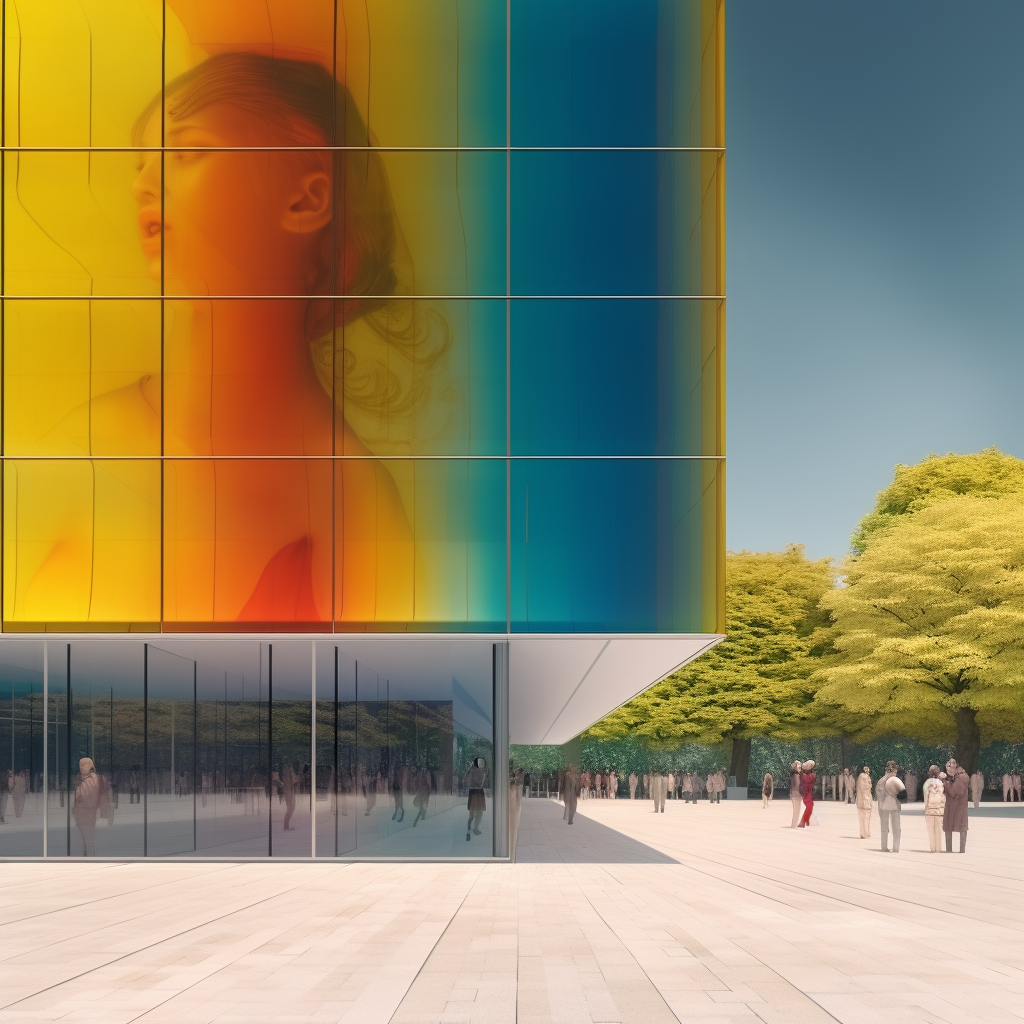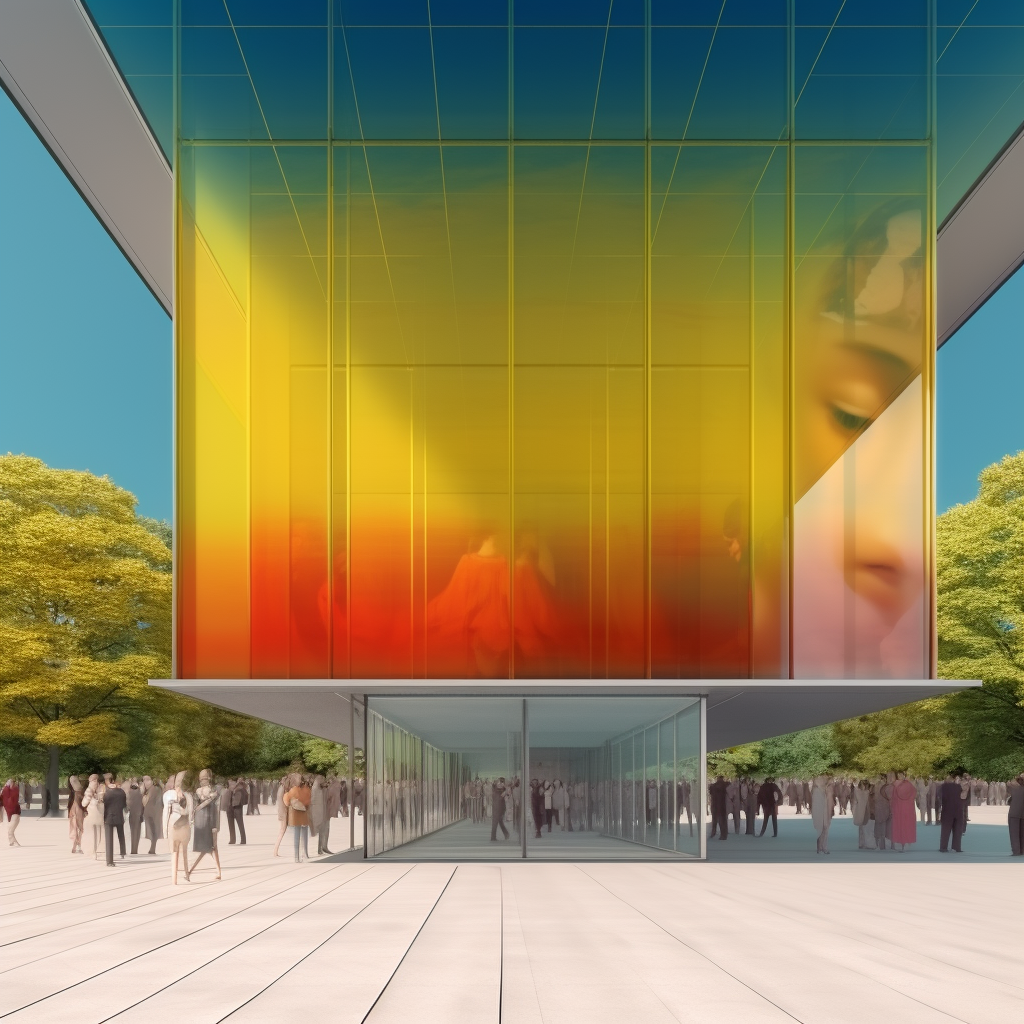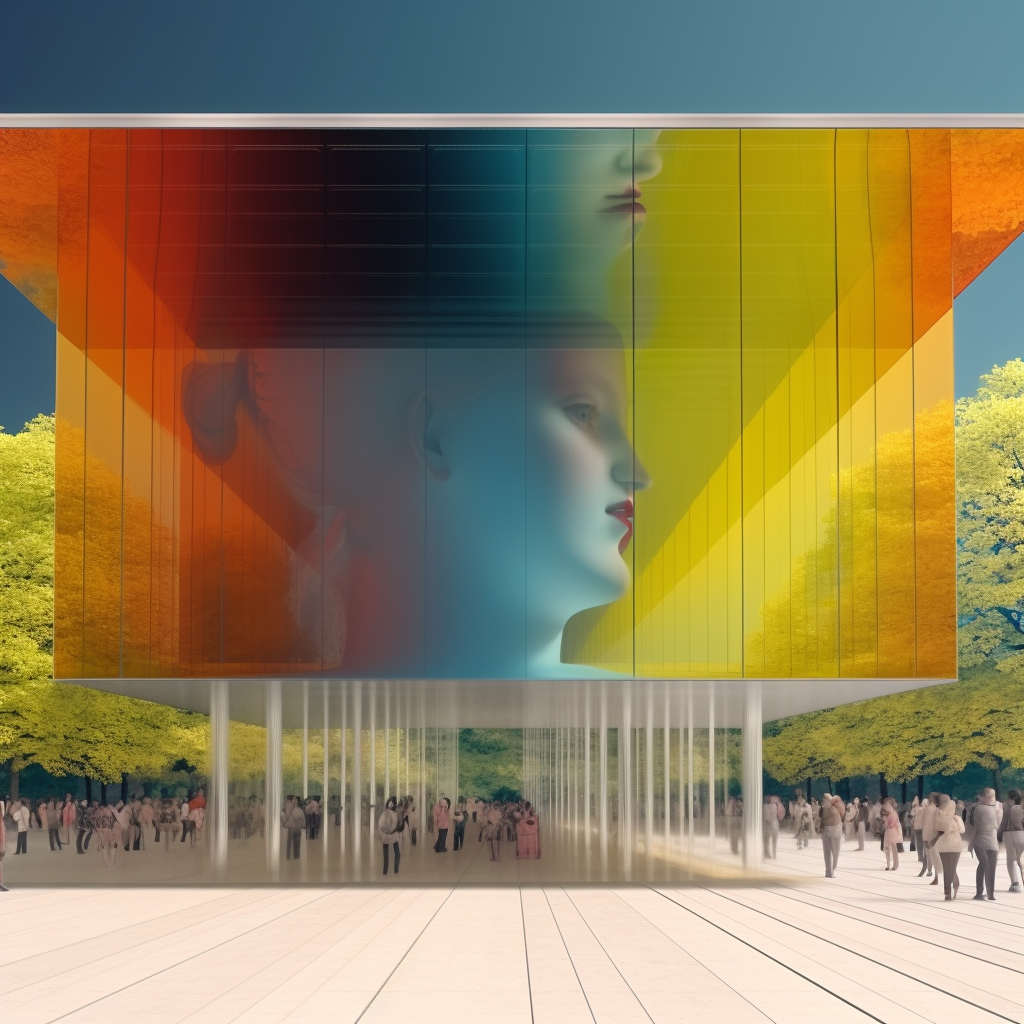BLENDED_MIDJOURNEY_V5.1
I strolled through the streets of Paris, the city of art and beauty, my eyes scanning the facades of the buildings that stood tall and proud. But something peculiar caught my attention – faces, faintly etched onto the surfaces, seemingly calling out to me.
I approached one particular building, its face marked by subtle lines and contours, as if it had witnessed the stories of countless souls over the years. As I stood before it, the face began to speak, its voice soft and gentle.
“Architecture,” it whispered, “should be a mirror, reflecting the identities of those who dwell within its walls. It should be a canvas upon which the LGBTQIA+ community can paint their vibrant stories and unheard voices.”
Startled yet captivated, I listened intently, as the voices on the facades of various buildings echoed this sentiment. Each face had its unique story, each spoke of the need for visibility, representation, and acceptance.
They spoke of the power of architecture to transform not only the physical landscape but also the emotional and societal fabric of the city. They urged me to embrace my own genderqueer, nonbinary identity, and to be a catalyst for change.
With renewed purpose, I embarked on a mission to bring these voices to life, to transform the city’s architecture into a symphony of inclusivity and acceptance. I engaged with fellow LGBTQIA+ artists and architects, sharing our visions and dreams of a city where every individual felt seen and heard.
Together, we began to reimagine the city’s buildings, infusing them with colors that celebrated the diversity of our community. Murals blossomed on once blank walls, stories etched into the stone, and sculptures emerged from the very fabric of the city.
As we unveiled our creations, the city embraced them with open arms. Passersby stopped and marveled, captivated by the representation and the beauty that now adorned the city’s architecture. Our voices, once silent, echoed through the streets, inspiring conversations and bridging divides.
In the end, the faces on the facades had become more than mere art. They had become a symbol, a reminder to all citizens of the city that the LGBTQIA+ community’s voices matter, that our stories deserve to be heard, and that architecture should be a reflection of our identities.
And as I walked through the transformed city, I felt a sense of pride and belonging, knowing that I had played a part in shaping a city where love, acceptance, and inclusivity prevailed. The faces on the facades, now filled with hope and joy, reminded me that our journey had only just begun.

